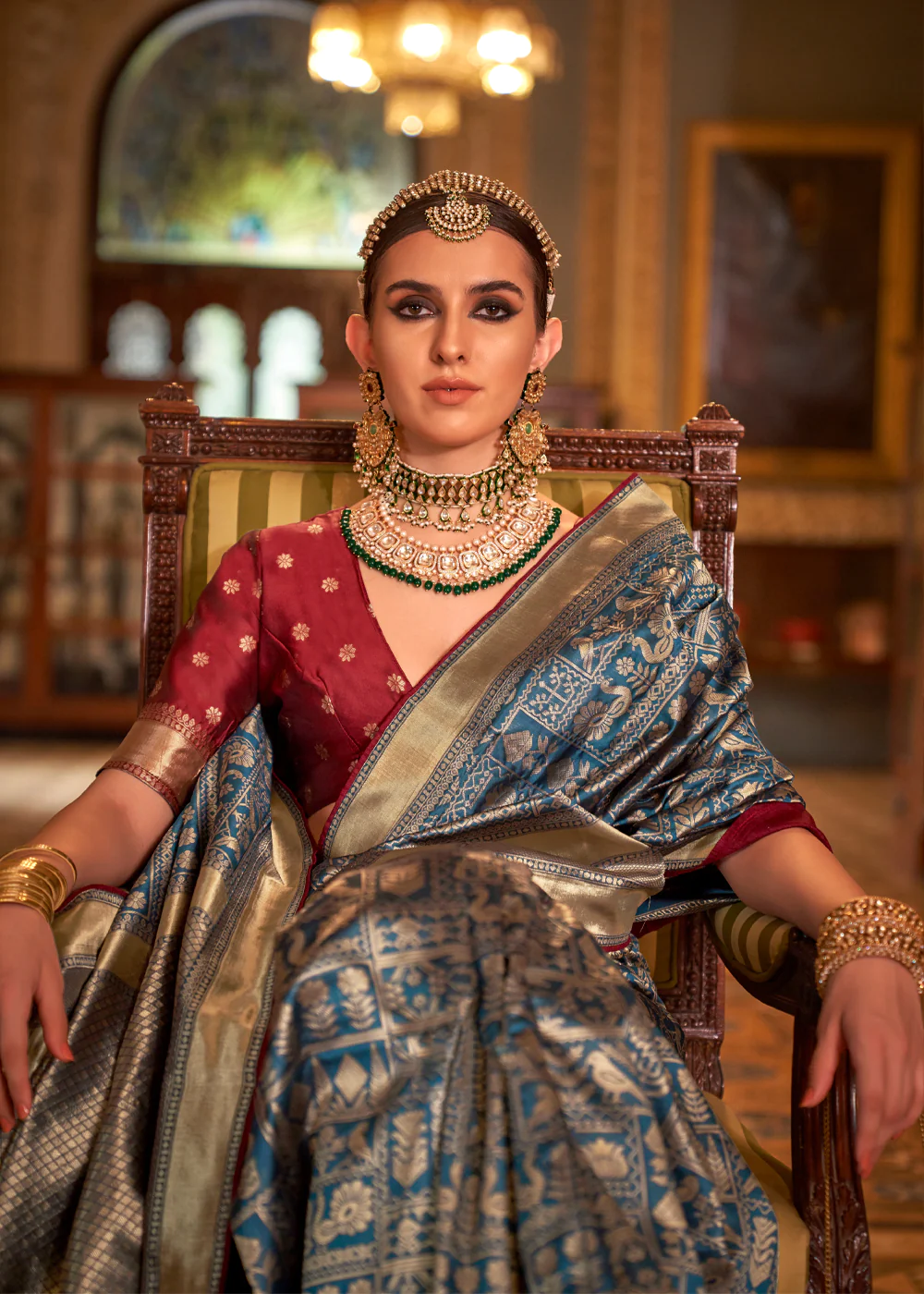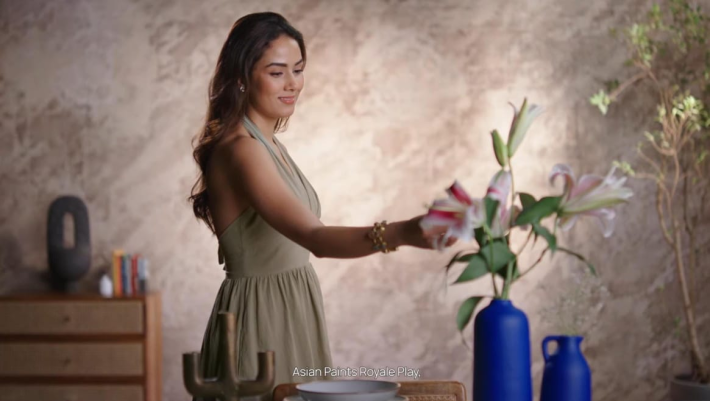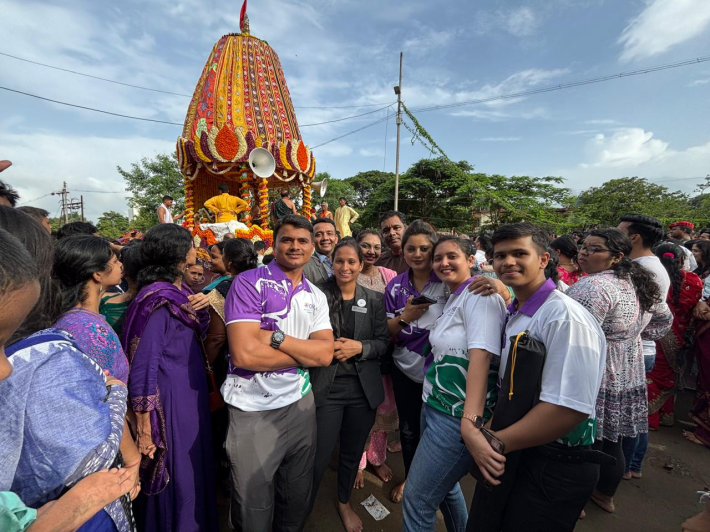Sanjay Leela Bhansali’s Heeramandi is in the spotlight and everyone is raving about this film on Netflix. Of course, the performances of the actors were superlative and on point but other than that, the poetic visuals, the sweetness of Urdu tehzeeb and dialogue, and of course, the amazing costumes and jewellery are being raved over and over again. Indeed, our Indian craftsmen from the days of yore were truly amazing. In the wake of that, TheGlitz spotlights the timeless crafts of India, starting with the exquisite Banarasi sari.
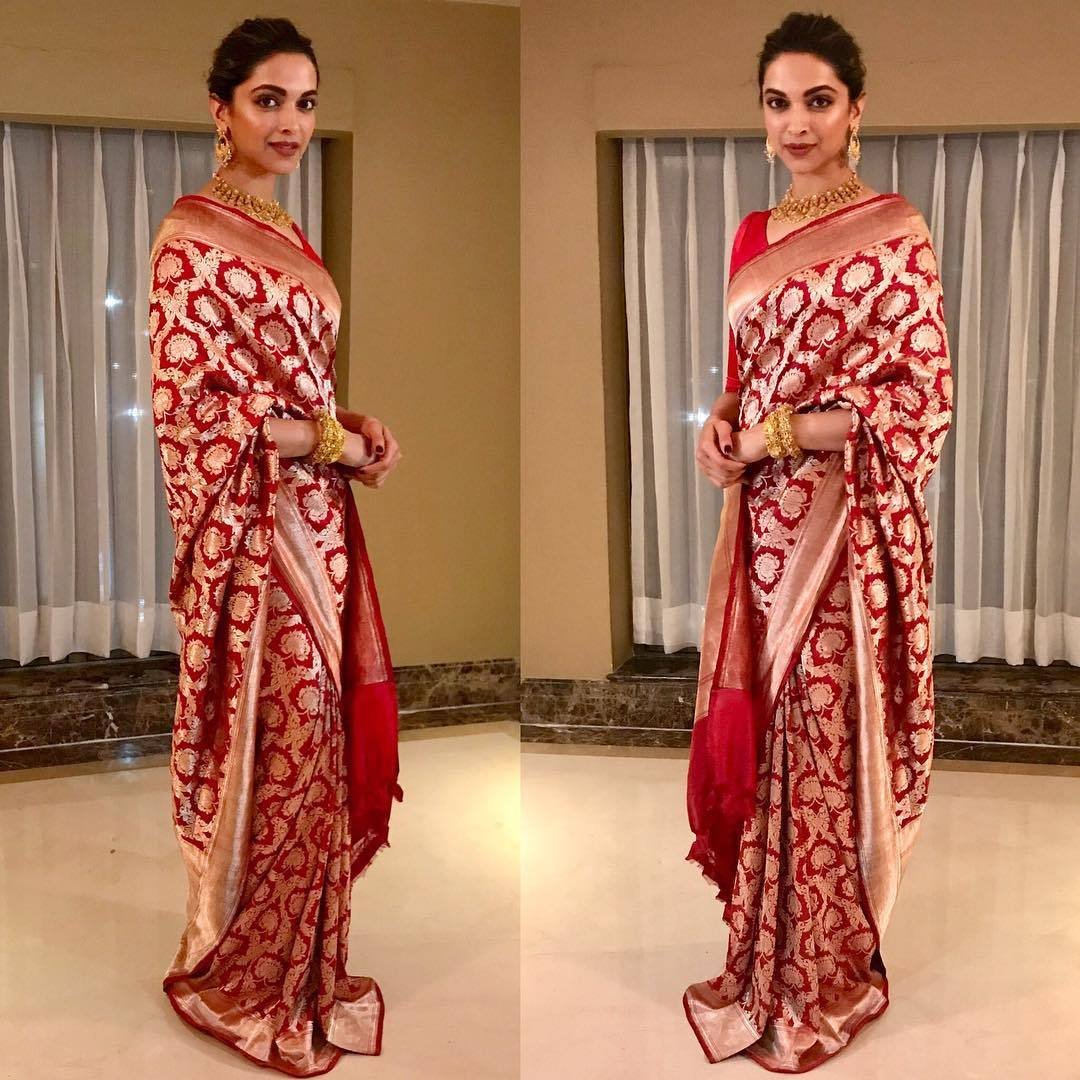
Indian & International designers who have used Banarasi saris in their designs
Several Indian and international designers have incorporated Banarasi saris into their collections, blending traditional craftsmanship with contemporary design aesthetics.
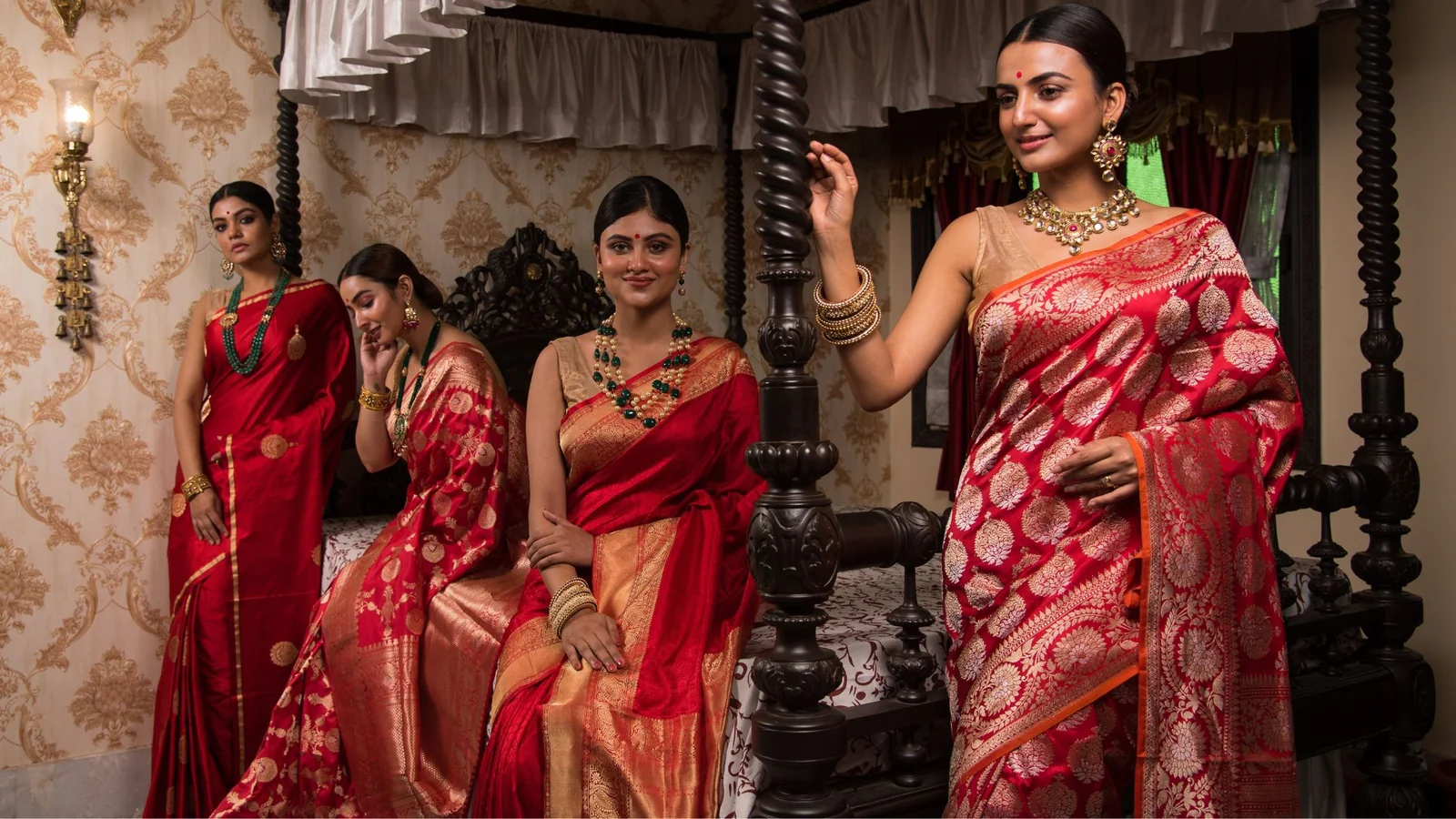
Sabyasachi Mukherjee: Renowned for his opulent bridal wear and exquisite craftsmanship, Sabyasachi has often featured Banarasi saris in his collections. He showcases the timeless elegance of Banarasi weaves by combining them with modern silhouettes and embellishments.
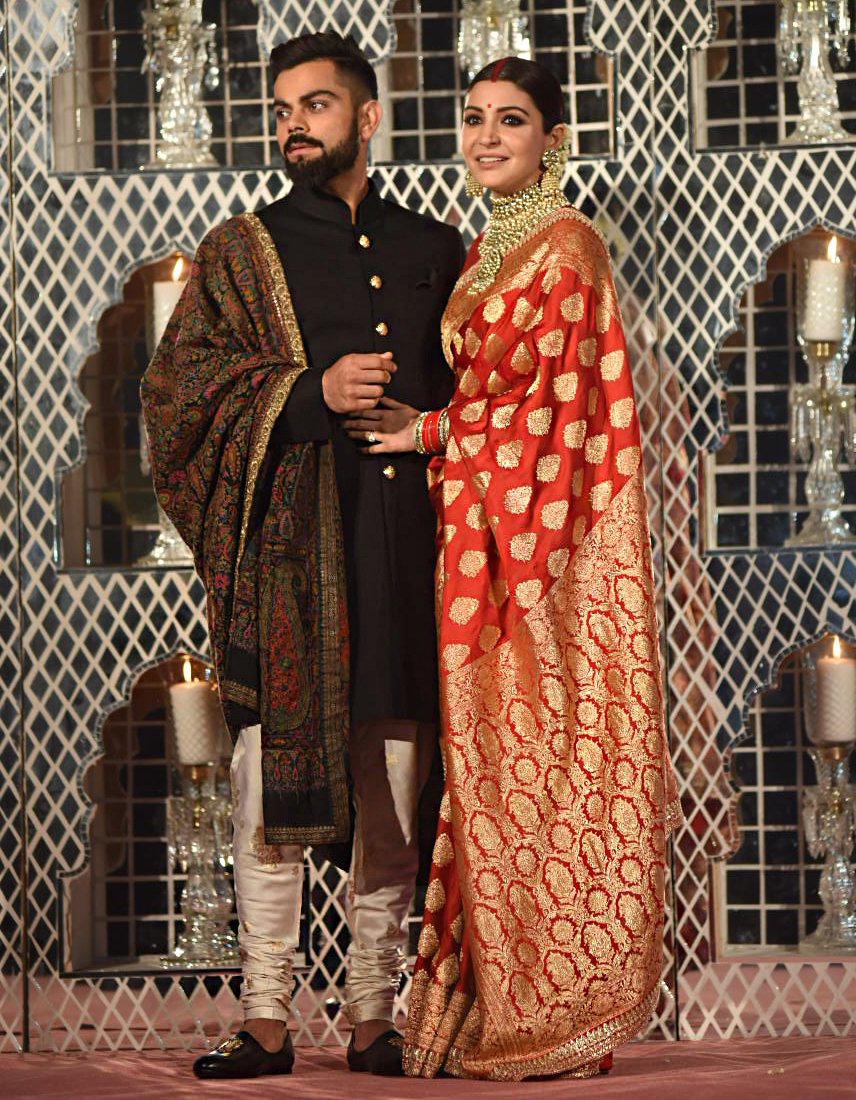
Manish Malhotra: A leading figure in the Indian fashion industry, Manish Malhotra has frequently incorporated Banarasi saris into his designs, particularly for his bridal and couture collections. His innovative use of fabrics, colors, and embroidery techniques breathes new life into traditional Banarasi weaves.
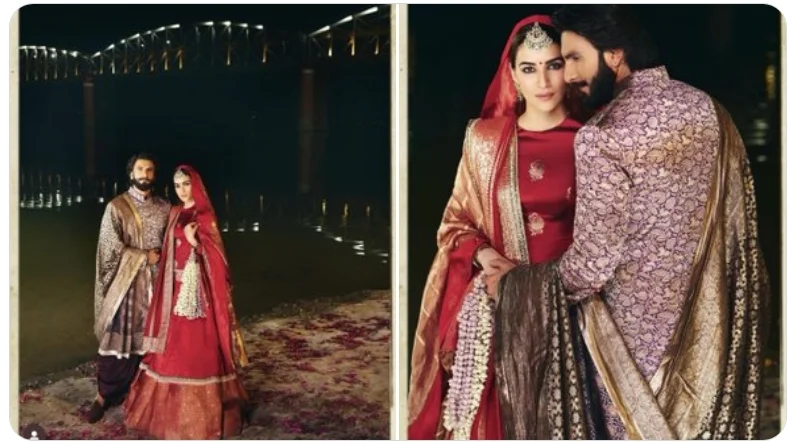
Tarun Tahiliani: Known for his fusion of Indian craftsmanship with contemporary silhouettes, Tarun Tahiliani has showcased Banarasi saris in his collections, often blending them with other textiles and embellishments to create unique, modern ensembles.
Anita Dongre: Celebrated for her understated elegance and timeless designs, Anita Dongre has also embraced Banarasi saris in her collections. She often incorporates these saris into her bridal and festive wear lines, giving them a contemporary twist with modern cuts and styling.
Ritu Kumar: A veteran in the Indian fashion industry, Ritu Kumar has long been associated with promoting traditional Indian textiles. She has featured Banarasi saris in her collections, showcasing their intricate weaving techniques and rich heritage.
Internationally, designers have also been inspired by the allure of Banarasi saris
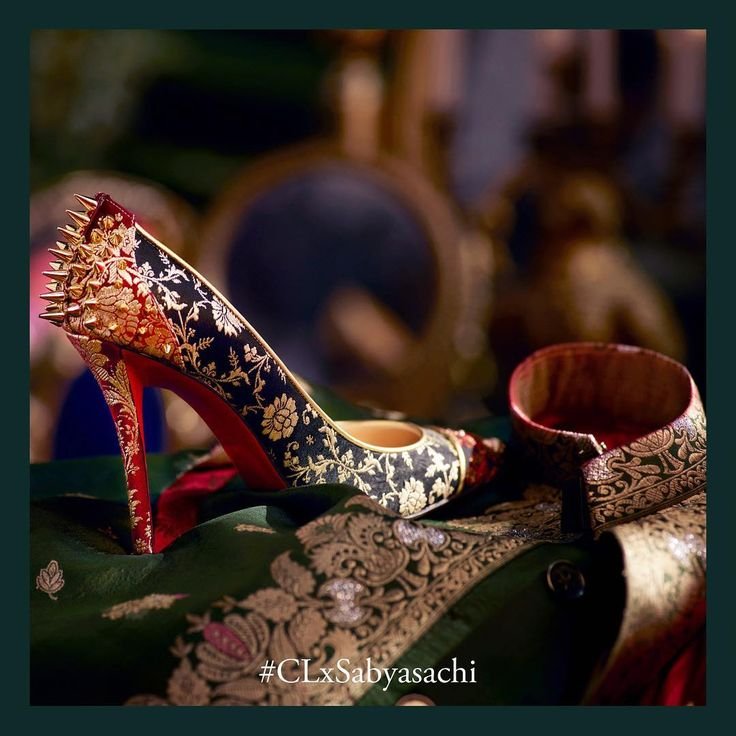
Christian Louboutin: The renowned French designer collaborated with Indian designer Sabyasachi Mukherjee to create a limited edition collection of shoes and handbags inspired by Indian textiles, including Banarasi saris. The collection showcased Louboutin’s signature red soles alongside traditional Indian craftsmanship.
Oscar de la Renta: The late Dominican-American fashion designer incorporated Indian textiles, including Banarasi saris, into his collections. His designs often featured intricate embroidery and embellishments inspired by Indian craftsmanship.
Jean Paul Gaultier: The French designer has been known to draw inspiration from diverse cultures in his collections. He has featured Banarasi saris and other Indian textiles in his designs, adding his unique flair to traditional Indian craftsmanship.
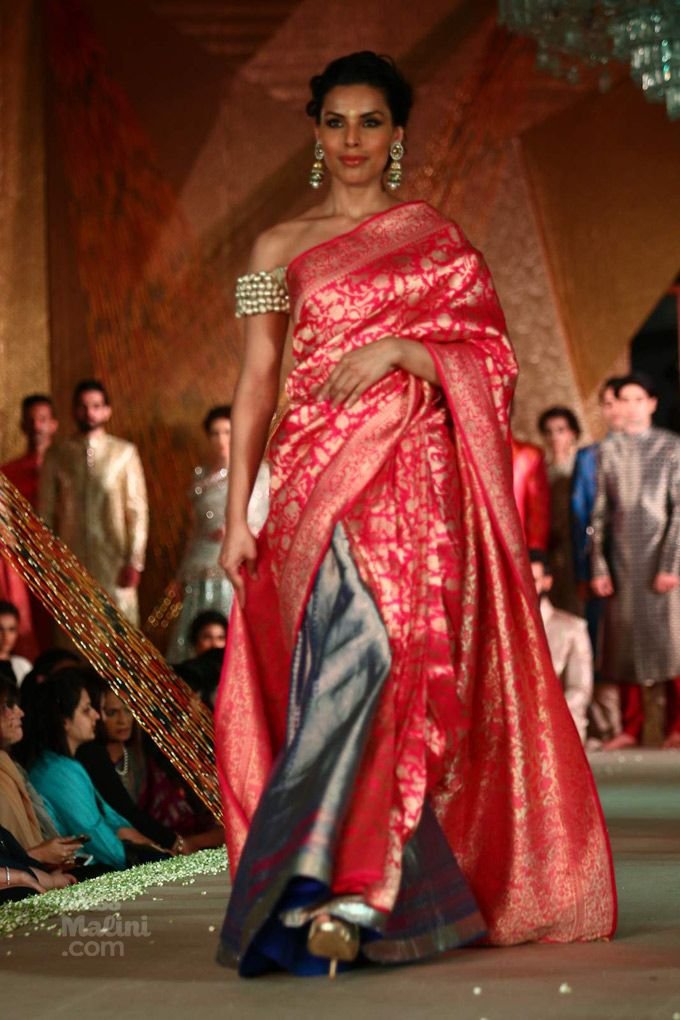
Banarasi Sari: Timeless
In the kaleidoscope of India’s rich cultural tapestry, few garments shine as brightly as the Banarasi sari. With its intricate weaving, opulent designs, and timeless elegance, the Banarasi sari stands as a symbol of grace, tradition, and artistry. Yet, behind its exquisite allure lies a history as rich and intricate as the motifs that adorn its fabric.

The Origin Of The Banarasi Sari
Originating from the ancient city of Varanasi, formerly known as Benares, this iconic garment has traversed centuries, bearing witness to the ebbs and flows of Indian history and culture. To trace its journey is to unravel the threads that connect the past with the present, weaving a narrative of tradition, craftsmanship, and heritage.
The Mughals
The roots of the Banarasi sari can be traced back to the Mughal era, which marked a golden age of Indian textile craftsmanship. It was during this period, in the 17th century, that the art of weaving reached its zenith in the city of Varanasi. Under the patronage of Mughal emperors, skilled artisans honed their craft, blending Persian influences with indigenous techniques to create a fabric that would captivate the world.

Intricate Weaving
Central to the allure of the Banarasi sari is its intricate weaving technique, known as “kadwa” or “kadhuwa”, which involves handloom weaving of silk threads with precision and finesse. The motifs adorning the fabric, ranging from floral patterns to intricate geometric designs, are meticulously crafted by master weavers, often passed down through generations within artisan families.
Each Banarasi sari is a masterpiece in its own right, reflecting the craftsmanship and artistry of the weavers who painstakingly bring it to life. From the luxurious Banarasi brocade, characterized by its heavy gold and silver embellishments, to the delicate Jamdani work, known for its intricate floral motifs, every sari tells a story of tradition and heritage.
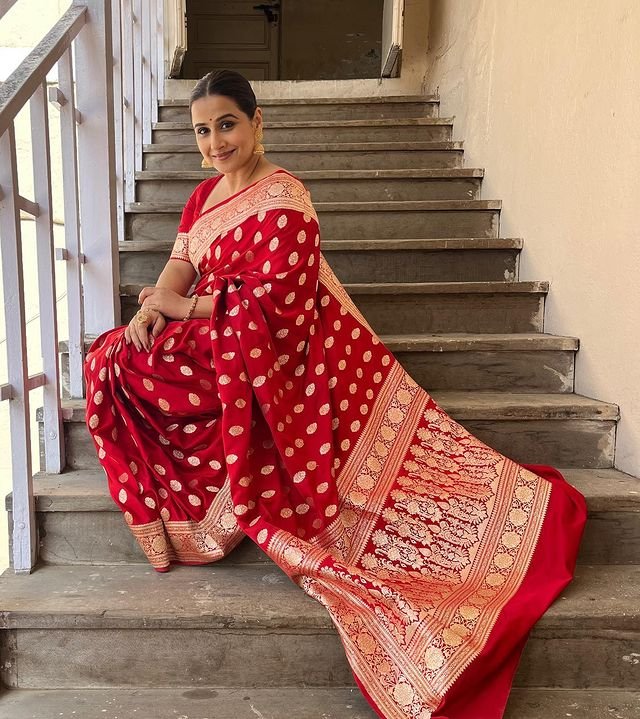
Over the centuries, the Banarasi sari has evolved, adapting to changing tastes and trends while retaining its timeless appeal. From being worn exclusively by royalty and aristocracy to becoming a cherished heirloom passed down through generations, it has transcended its status as a mere garment to become a cultural icon.

Today, the Banarasi sari continues to enchant connoisseurs of fashion and tradition alike, finding its place on runways, red carpets, and bridal trousseaus around the world. Its timeless elegance and unmatched craftsmanship serve as a testament to the enduring legacy of India’s textile heritage.
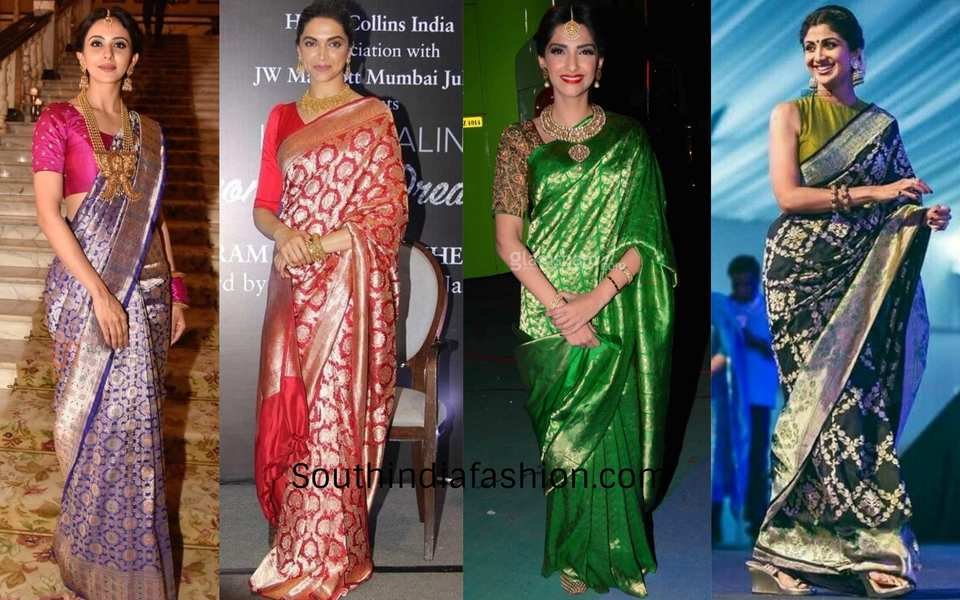
As we admire the beauty of the Banarasi sari, let us also pay homage to the artisans whose skill and dedication have kept this ancient craft alive. In their hands, threads of silk are transformed into works of art, weaving together the past, present, and future of Indian culture and tradition. In the story of the Banarasi sari, we find not just a garment, but a legacy woven with love, passion, and pride.
